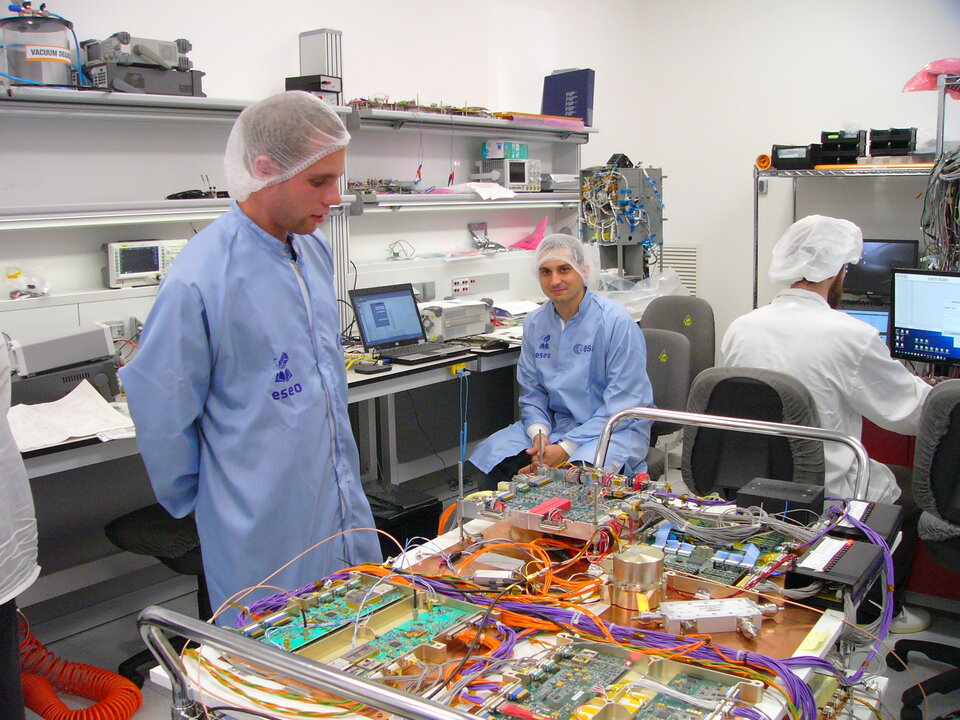Langmuir Probe
The Langmuir Probe (LMP) is an onboard scientific instrument of the satellite, its objective is to determine the parameters of the plasma in the upper regions of the Earth’s atmosphere (i.e., ionosphere).
Investigating plasma anomalies and the effects of geomagnetic disturbances on space and Earth weather
A Langmuir probe is a device that can determine the electron temperature, the electron density and the ion density of the plasma by obtaining its current-voltage characteristic since the characteristic curve depends on these plasma parameters. The obtained plasma parameters provide important in-situ data for scientific studies targeting plasma anomalies in the near-Earth environment (like the South Atlantic Anomaly) and for complex studies when combined with other data sources (like solar activity and ground-based measurements).
Contact
Zsolt Váradi
varadi @ mht.bme.hu


